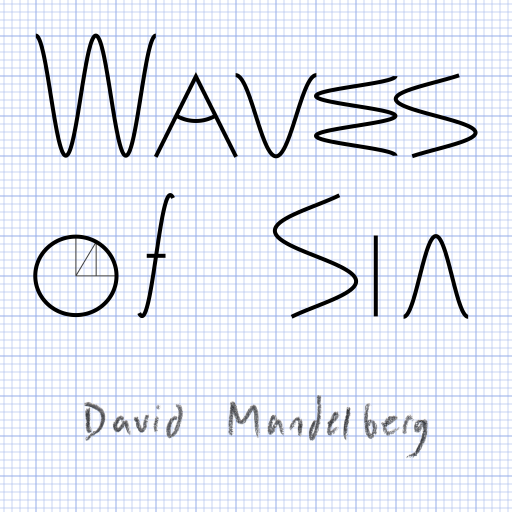What do you get when you combine a pseudo‐random number generator, the sine function, and some C++ code? In this case, an album of very strange music. With a POSIX shell script and ffmpeg thrown into the mix, you also get music videos.

The album opens with Signals of Sin and closes with Signals of Sin (reprise), because of course music needs telephony signals to frame it. (These are the only two tracks that are not pseudo‐randomly generated.)
Tracks 2–10 explore what happens when you use a pseudo‐random number generator to pick the number of simultaneous “notes,” and the duration, pitch, volume, and left–right pan of each note. To create variety, some tracks (e.g., Sparse Waves of Sin) have very few simultaneous notes, while others (Way Too Many Waves of Sin) have… more. Some tracks have normal‐length notes; Super Fast Waves of Sin and Hyper Fast Waves of Sin don’t. Some tracks include harmonics (e.g., Harmonic Waves of Sin), others have only fundamentals. And for the strangest tracks (Interfering Waves of Sin and Harmonic Interfering Waves of Sin), each note is represented by a spread of interfering frequencies, instead of a single fundamental frequency and optional harmonics.
Finally, the album would not be complete without the raw output of its pseudo‐random number generator, i.e., some white noise: Dedication to Mersenne Twister 19937, Without Which This Album Would Have Been Slightly Different.
I’m definitely not claiming that this is my new favorite form of music, or even that it’s particularly consonant, but after playing around with the code and parameters a bunch, I grew to actually enjoy this music. Unlike my previous album. That one just started to grate on me more and more.
Leave a Reply